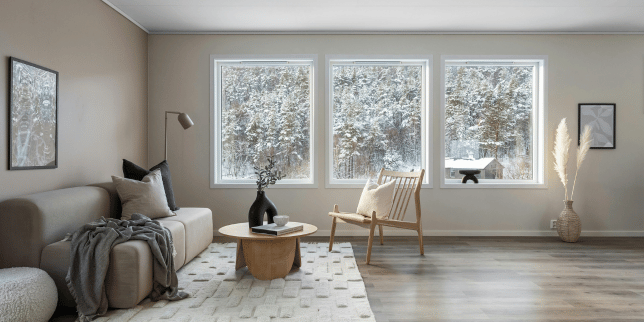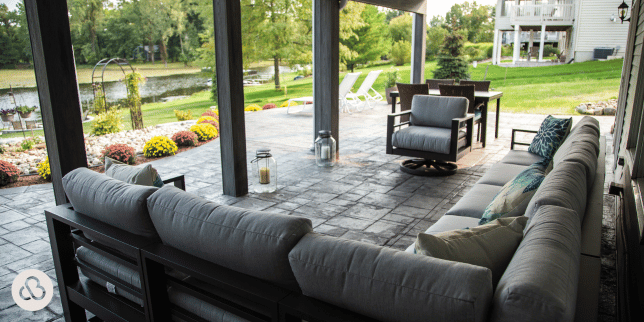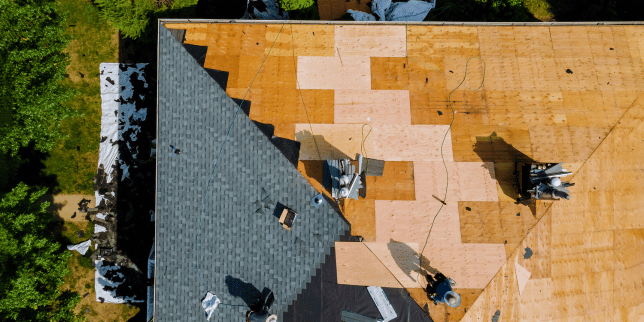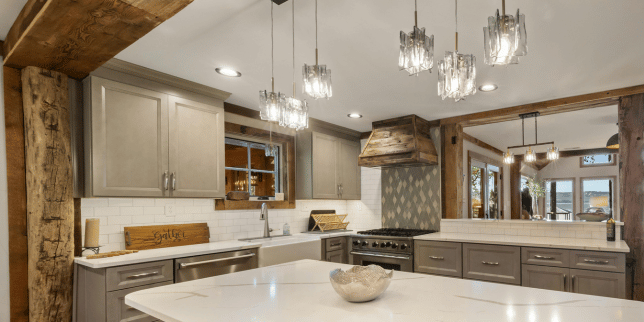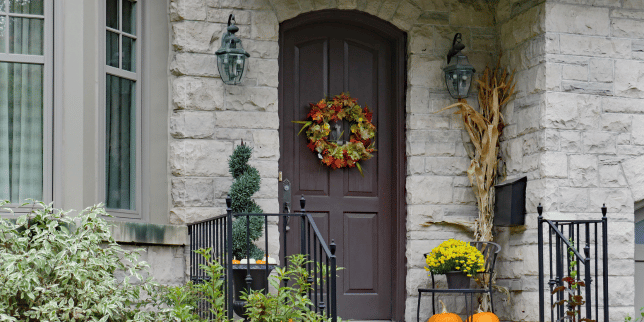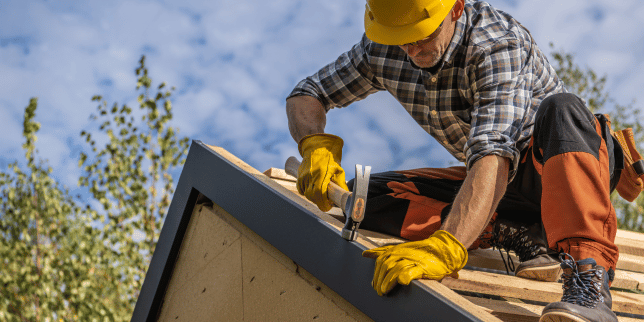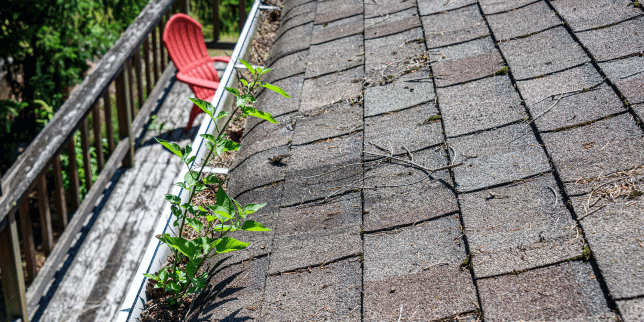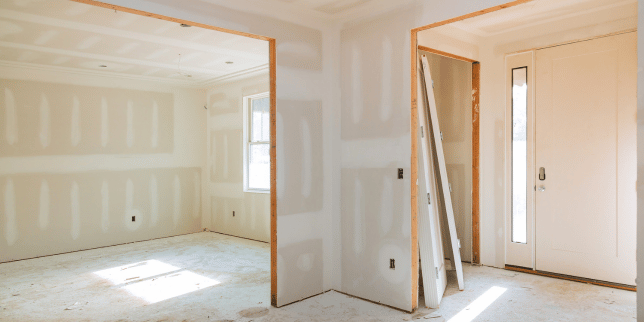Top 5 Types of Wall Insulation and Which is Right for You
August 11th, 2023
6 min read

Are you struggling to maintain a comfortable temperature in your home? Are you remodeling your home soon and don’t know which insulation option is the right choice for you?
Many homeowners face these challenges due to inadequate insulation, which allows heat to escape during the winter and invade during the summer. Finding the right insulation solution can be overwhelming, considering the variety of options available in the market.
With 15+ years of experience working with homeowners like you, we've witnessed the transformative impact of choosing the right insulation type. From reducing energy bills to creating a comfortable living space, the right insulation can significantly enhance your home's efficiency and overall comfort, saving you money and improving your quality of life.
In this article, we will explore the characteristics, benefits, and ideal applications of five popular insulation types:
What is Wall Insulation Used for in Your Home?
Insulation is a crucial building material that creates a thermal barrier in homes and buildings. Its primary purpose is to resist heat flow, keeping indoor spaces comfortable by preventing the loss of warmth during cold weather and blocking heat from entering during hot weather.
By effectively reducing energy transfer, insulation plays a significant role in enhancing energy efficiency, reducing utility costs, and promoting a more sustainable living environment.
1. Fiberglass Wall Insulation: A Time-Tested Option
Fiberglass insulation is one of the most commonly used and well-known types of insulation in the construction industry. It is made from tiny glass fibers that are arranged into a fluffy, lightweight material, which is then installed in walls, ceilings, and attics to improve energy efficiency and thermal comfort.
In this section, we will delve into the pros and cons of fiberglass insulation to help you make an informed decision for your home insulation needs.
Pros of Fiberglass Insulation
- Fire Resistance: Fiberglass insulation is non-combustible, providing an added layer of fire protection to your home.
- Easy Installation: It is relatively easy to install fiberglass insulation, especially in open wall spaces and attics, making it a practical option for DIY enthusiasts.
- Mold and Mildew Resistance: Unlike some organic insulation materials, fiberglass is resistant to mold and mildew growth, promoting a healthier indoor environment.
Cons of Fiberglass Insulation
- Air Infiltration: Fiberglass insulation may not be as effective at sealing air leaks as other insulation types, potentially leading to energy loss and reduced efficiency.
- Limited Soundproofing: While fiberglass can provide some sound insulation, it may not be as effective at reducing noise transmission as other specialized soundproofing materials.
- Skin Irritation: Handling fiberglass insulation without proper protective gear may cause skin irritation, so it's important to take safety precautions during installation or hire professionals.
2. Cellulose Wall Insulation: A Sustainable Choice
Cellulose insulation is an eco-friendly option for insulating your home, as it is made from recycled paper materials, such as newspaper and cardboard. The paper is treated with fire-retardant chemicals to enhance its safety and pest resistance.
Let's explore the pros and cons of cellulose insulation to help you determine if it's the right choice for your next home improvement project.
Pros of Cellulose Insulation
- Fire Resistance: Cellulose insulation is treated with fire-retardant chemicals, making it resistant to combustion and enhancing the fire safety of your home.
- Eco-Friendly: Cellulose insulation is made from recycled materials, making it an environmentally responsible choice for homeowners looking to reduce their carbon footprint.
- Soundproofing Qualities: This type of insulation also has excellent soundproofing properties, reducing noise transmission between rooms and enhancing the overall comfort of your living spaces.
Cons of Cellulose Insulation
- Pest Attraction: While treated for pest resistance, cellulose insulation can attract certain pests if not adequately protected or maintained, requiring regular inspections and preventive measures.
- Sensitivity to Moisture: Although treated for fire resistance, cellulose insulation can be sensitive to moisture, potentially leading to mold and mildew growth if not properly installed or exposed to water leaks.
- Dust and Allergen Concerns: The blown-in installation process may produce fine dust particles that could affect individuals with allergies or respiratory sensitivities, requiring proper ventilation during installation.
3. Spray Foam Wall Insulation: An Efficient Thermal Barrier
Spray foam insulation is a versatile and effective solution for insulating homes, providing exceptional thermal performance and air-sealing capabilities. It is applied as a liquid foam that expands and hardens into a durable, airtight barrier, filling gaps and cracks to prevent air leakage.
If you want to learn more about how spray foam insulation is made, check out this informative article from South Central Services.
Let's delve into the pros and cons of spray foam insulation to help you understand if it's the right choice for your next home improvement project.
Pros of Spray Foam Insulation
- Air Sealing Properties: Unlike other insulation types, spray foam creates a seamless and airtight barrier, preventing air infiltration and reducing energy loss caused by drafts and leaks.
- Versatile Application: Spray foam can be used in various areas, including walls, attics, basements, and crawl spaces, making it suitable for new constructions and retrofit projects.
- Deters Pests and Mold: The airtight seal created by spray foam insulation can deter pests and inhibit moisture accumulation, minimizing the risk of mold growth and enhancing indoor air quality.
Cons of Spray Foam Insulation
- Higher Cost: Spray foam insulation is generally more expensive upfront than other insulation options, which can be a deterrent for homeowners on a tight budget.
- Curing Time and Occupancy: Spray foam insulation requires a curing period, during which occupants must leave the premises to allow for proper ventilation and off-gassing of chemicals.
- Non-DIY Friendly: Unlike some insulation types, spray foam cannot be easily installed by homeowners as it necessitates specific equipment and expertise for safe and effective application. This is even though you will likely find DIY kits online.
4. Mineral Wool Wall Insulation: The Fire-Resistant Barrier
Mineral wool insulation, or rock wool or stone wool insulation, is a popular choice for homeowners seeking an efficient and fire-resistant solution. This type of insulation is made from natural minerals such as volcanic rock or slag, which are melted and spun into fibers to create the insulation material.
Let's explore the pros and cons of mineral wool insulation to help you determine if it's the right fit for your home remodeling project.
Pros of Mineral Wool Insulation
- Fire Resistance: Mineral wool insulation is non-combustible, providing exceptional fire resistance and helping to slow down the spread of flames in the event of a fire.
- Thermal Performance: With its high-density fibers, mineral wool insulation offers excellent thermal resistance, effectively reducing heat transfer and improving energy efficiency.
- Moisture Resistance: Mineral wool insulation is hydrophobic, meaning it repels water and is less likely to absorb moisture, reducing the risk of mold or mildew growth.
Cons of Mineral Wool Insulation
- Heavier and Bulky: Mineral wool insulation is denser and heavier than other types, which may require extra care and labor during installation.
- Potential Skin Irritation: Handling mineral wool insulation without protective gear may cause skin irritation, so proper safety precautions should be taken during installation.
- Higher Cost: Mineral wool insulation tends to be more expensive than traditional fiberglass or cellulose insulation, which can impact the overall cost of a remodeling project.
5. Reflective Wall Insulation: Enhancing Energy Efficiency
Reflective insulation is designed to improve energy efficiency by reflecting radiant heat. Unlike traditional insulation materials that primarily slow conductive heat transfer, reflective insulation works by reflecting radiant heat waves away from the living spaces.
This type of insulation is typically made of aluminum foil or other reflective materials, providing an innovative solution for homeowners looking to enhance thermal performance.
Let's delve into the pros and cons of reflective insulation to understand if it's the right choice for your DIY remodeling project.
Pros of Reflective Insulation
- Thin and Lightweight: Reflective insulation is relatively thin and lightweight, making it easier to install in tight spaces or on irregular surfaces.
- Non-Toxic and Non-Allergenic: Reflective insulation is non-toxic and non-allergenic, making it a safe choice for both homeowners and installers.
- Durable and Long-Lasting: With its aluminum foil or metalized film layers, reflective insulation is resistant to moisture, mold, and pests, ensuring long-term performance and durability.
Cons of Reflective Insulation
- Not a Standalone Solution: Reflective insulation is most effective when combined with other types of insulation, such as fiberglass or foam, to create a comprehensive thermal barrier.
- Dust Accumulation: Over time, dust and debris may accumulate on the reflective surface, reducing its reflective properties. Periodic cleaning may be necessary to maintain its efficiency.
- Limited in Cold Climates: Reflective insulation is more effective in warmer climates where the primary concern is blocking radiant heat. In colder climates, its performance may not be as significant in reducing conductive heat transfer.
Which Wall Insulation is Right for You?
When it comes to insulating your walls, the options may seem overwhelming. Each type of insulation offers unique features and benefits, making it essential to choose the one that suits your specific needs. Here’s a high-level overview of cost vs. value when it comes to choosing the right wall insulation for you:
- Fiberglass Insulation: Cost-effective and widely available, fiberglass insulation is an excellent option for those on a budget. While it may require professional installation for optimal results, its thermal performance and fire resistance offer good value for its price.
- Cellulose Insulation: Made from recycled materials, cellulose insulation, is an eco-friendly choice that provides cost-effective thermal performance and soundproofing. Its ability to fill gaps and create a seamless barrier can lead to energy savings, adding value to your investment.
- Spray Foam Insulation: Although more expensive, spray foam insulation offers exceptional value due to its unmatched air-sealing properties. It can significantly reduce energy loss and create an airtight thermal barrier, resulting in long-term savings on heating and cooling costs.
- Mineral Wool Insulation: While mineral wool may have a higher upfront cost, its fire resistance and excellent thermal performance make it a valuable long-term investment. Its durability and resistance to pests can also contribute to the overall value it brings to your home.
- Reflective Insulation: Offering a unique approach to thermal management, reflective insulation is cost-effective and lightweight. It can enhance energy efficiency by reflecting radiant heat away, providing a valuable solution for warmer climates or specific applications.
Next Steps to Choosing Your Wall Insulation
If you've been seeking the ideal insulation solution for your home, understanding the various types of insulation available can be the key to achieving optimal comfort and energy efficiency.
Now that you have explored the five different types of insulation - fiberglass, cellulose, spray foam, rigid foam, and mineral wool - you have gained valuable insights into their unique features and benefits.
At Custom Built, we have leveraged our 15+ years of expertise in design and remodeling to offer you this comprehensive guide. We understand the importance of making informed decisions regarding home improvement projects, and our commitment is to help you achieve the best results.
For more information on the top remodeling brands and products, we recommend the following articles:
Jacob brings 20+ years of residential construction experience to the Custom Built team. He has spent years in the field learning the hands-on side of building from foundation prep to roofing shingles. With a need-to-know mindset and a desire to understand how things work, Jacob has studied building science, systems integration, home inspection, and radon measurement and mitigation.
Topics:


















